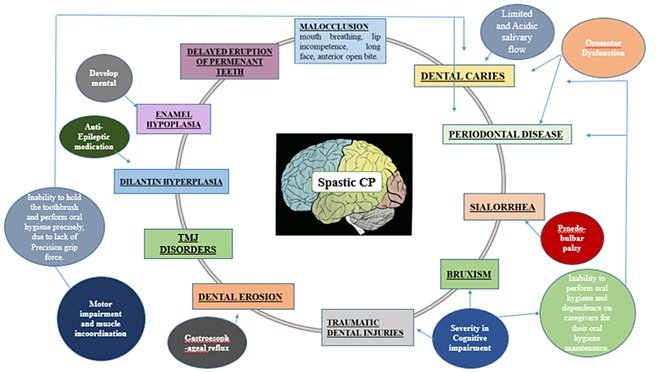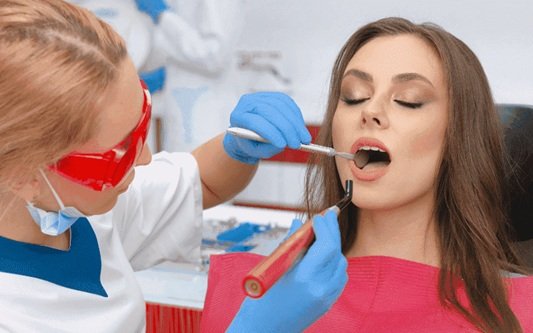Choosing between contact lenses and glasses can feel overwhelming. You want the best fit for your lifestyle and eyes. Each option has unique benefits and challenges. Glasses offer easy use. You simply put them on and go. They can become part of your look, expressing your style. Contacts provide freedom from frames. They allow for wide, unobstructed vision. Both choices impact your daily comfort and sight. You may wonder, which is better for you? An Austin optometrist can help you decide based on your needs. In this blog, you’ll explore the practical aspects of each option. You’ll learn how they impact vision, convenience, and maintenance. By understanding these factors, you can make an informed choice. Know that there isn’t a one-size-fits-all answer. Your best choice reflects your daily activities and personal preferences. Let’s look at these two options and find what suits you and your sight.
Vision and Clarity
Both glasses and contact lenses correct vision issues like nearsightedness, farsightedness, and astigmatism. Glasses provide a barrier between your eyes and the environment. They may limit peripheral vision, which can be a downside for some activities. Contacts rest directly on your eyes. This gives you a more natural field of view. For those who need sharp peripheral vision, contacts might be better.
Convenience and Lifestyle
Glasses are convenient and low-maintenance. You can easily take them off or put them on as needed. They require occasional cleaning but little else. Contacts need daily attention. You must put them in and take them out with clean hands. Daily cleaning and proper storage prevent infections. If you lead an active lifestyle, contacts might offer more flexibility. They won’t fog up or get in the way during physical activities.
Comfort and Wear
Glasses rest on your nose and ears. Some people find this uncomfortable after extended periods. They relieve you from touching your eyes daily. Contacts might cause initial discomfort for new users. Once you adjust, many find them comfortable for long hours of wear. It’s crucial to follow the wear schedule recommended by your eye doctor.
Appearance and Style
Glasses come in many styles. They can express personal fashion and change your look. For some, glasses are a fun accessory. Contacts offer the advantage of being invisible. They don’t alter your appearance. This appeals to those who prefer a glasses-free look. You may also explore colored contacts if you want to change your eye color temporarily.
Cost and Insurance
Both options have costs associated with them. Glasses require a one-time purchase for frames and lenses. They can last several years if your prescription remains unchanged. Contacts require continuous purchases of lenses and cleaning solutions. Insurance may cover part of these costs. Check with your provider or visit Medicare’s official site for guidance on coverage options.
| Feature | Glasses | Contact Lenses |
|---|---|---|
| Vision | Good, but limited peripheral | Full peripheral, natural |
| Maintenance | Low, occasional cleaning | High, daily cleaning needed |
| Comfort | Can be uncomfortable on nose/ears | Requires adjustment period |
| Style | Fashionable accessory | Invisible, natural look |
| Cost | One-time purchase | Ongoing purchases |
Health and Safety
Eye health is crucial. Glasses provide a protective barrier. They help during activities like reading or using digital screens. Contacts require strict hygiene to prevent infections. Always follow your optometrist’s guidance on cleaning and replacing contacts.
Making Your Choice
The decision between contacts and glasses depends on your lifestyle and preferences. Both options come with distinct advantages and challenges. Consider each aspect carefully. Consult with an Austin optometrist or another eye care professional. They provide personalized advice based on your vision needs and lifestyle. Remember, what works for one person may not work for another. Choose what makes you comfortable and confident in your daily routine.



